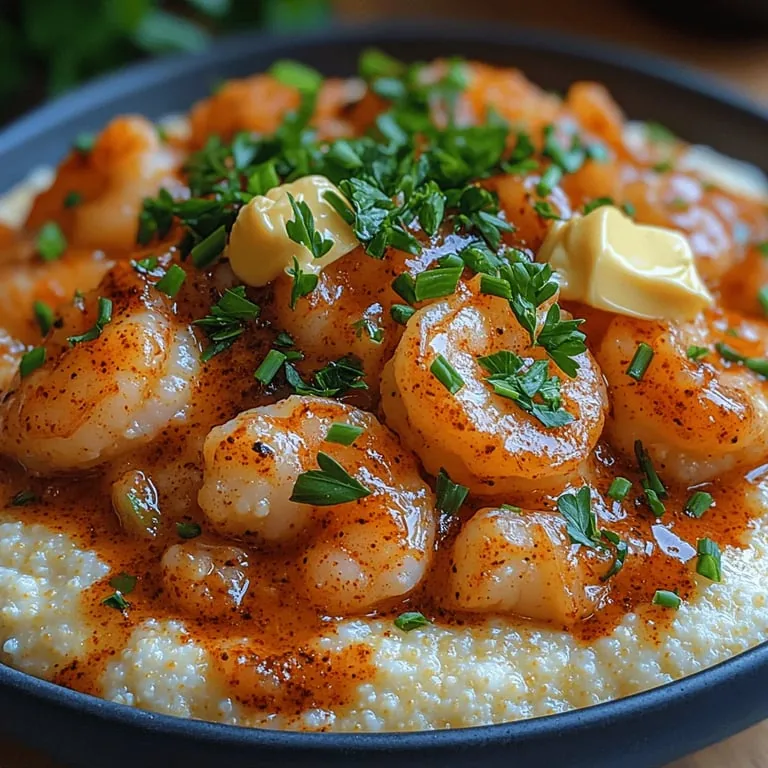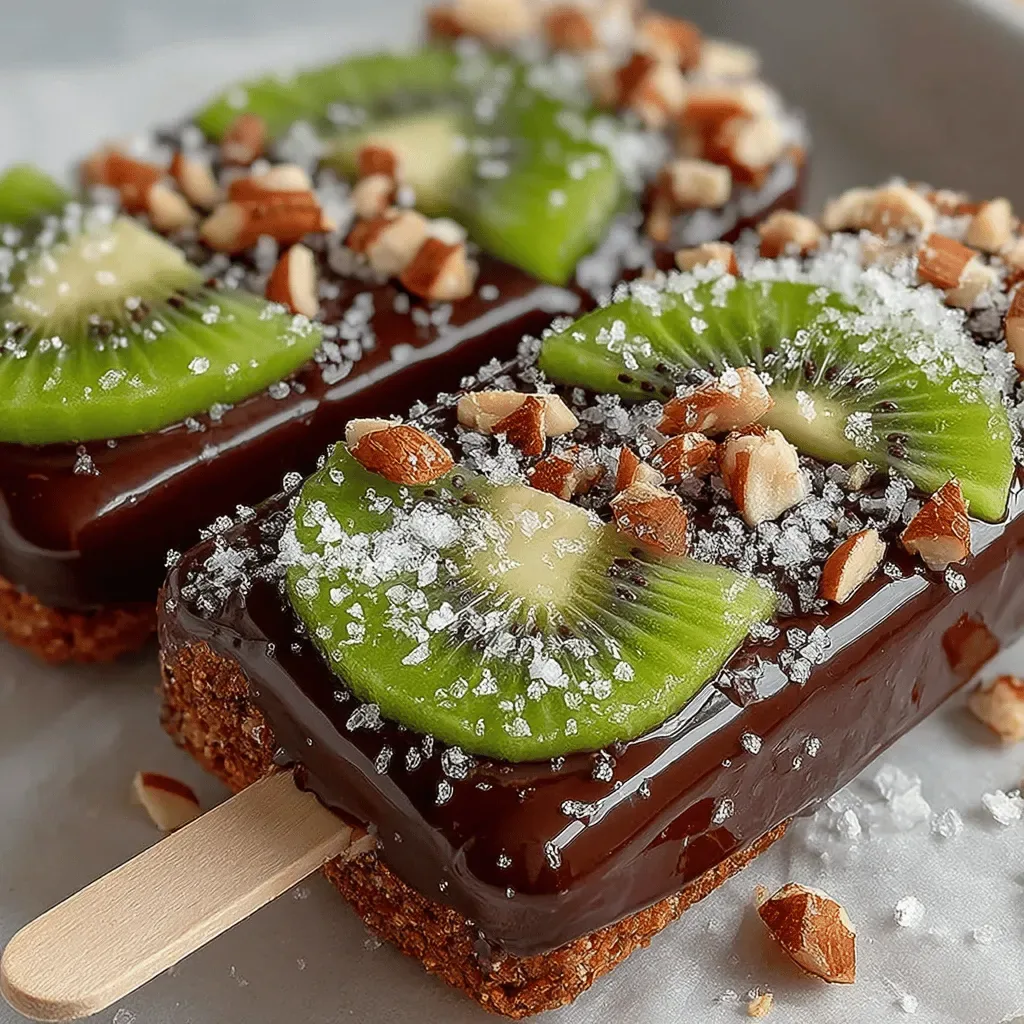Imagine biting into a tender piece of chicken that crackles with a golden, citrus‑kissed crust, then bursts with bright lemon‑pepper flavor. That’s the magic of Crispy Lemon Pepper Chicken Tenders, a dish that turns a simple weeknight dinner into a celebration of texture and zest.
What sets this recipe apart is the balance between a light, airy coating and a bold, aromatic sauce. The lemon‑pepper blend lifts the chicken without overwhelming it, while a hint of honey adds just enough sweetness to round out the tang.
This crowd‑pleaser is perfect for busy families, casual gatherings, or even a quick lunch at the office. Kids love the crunch, while adults appreciate the sophisticated citrus note.
The process is straightforward: marinate, coat, pan‑sear, then finish in the oven. Each step builds layers of flavor, ensuring every bite is crispy, juicy, and unmistakably bright.
Why You'll Love This Recipe
Bright Citrus Punch: Fresh lemon zest and cracked black pepper create a lively, palate‑awakening flavor that keeps you reaching for seconds.
Ultimate Crunch: A light coating of panko and cornstarch guarantees a satisfyingly crisp exterior without feeling heavy.
Speedy Weeknight Solution: With just 15 minutes of prep and 30 minutes of cooking, you can have a restaurant‑quality dish on the table fast.
Versatile Pairings: The neutral base welcomes a variety of sides—from fluffy rice to crisp salads—making it adaptable to any menu.
Ingredients
The success of this dish hinges on a few key players. Fresh chicken tenderloins provide a tender canvas, while lemon zest and juice inject brightness. A simple coating of panko and cornstarch ensures the crunch we crave, and a splash of honey balances the acidity. Finally, a handful of aromatics—garlic, shallots, and fresh herbs—round out the flavor profile.
Main Ingredients
- 1 lb chicken tenderloins
- 1 tablespoon lemon zest
- 2 tablespoons fresh lemon juice
Coating & Marinade
- ½ cup panko breadcrumbs
- ¼ cup cornstarch
- 1 teaspoon cracked black pepper
- ½ teaspoon sea salt
- 1 tablespoon honey
Seasonings & Aromatics
- 2 cloves garlic, minced
- 1 small shallot, finely diced
- 2 tablespoons unsalted butter
- 2 tablespoons olive oil
- Fresh parsley, chopped (for garnish)
Together, these ingredients create a harmonious dance of texture and flavor. The lemon zest and juice brighten the chicken, while honey tempers the acidity. The panko‑cornstarch mix yields a feather‑light crunch, and the aromatics infuse every bite with depth. Finishing with butter adds richness, and parsley delivers a fresh, colorful finish.
Step-by-Step Instructions

Marinating the Chicken
Place the chicken tenderloins in a shallow dish, then drizzle with lemon juice, lemon zest, honey, salt, and cracked pepper. Toss to coat evenly and let sit for 10–15 minutes at room temperature. This brief marination lets the acid tenderize the meat while the honey begins to caramelize during cooking.
Preparing the Coating
In a wide bowl combine panko breadcrumbs, cornstarch, and an additional pinch of pepper. Mix thoroughly so the dry ingredients are evenly distributed. This blend creates a light, airy crust that stays crisp even after the final oven finish.
Searing the Tenders
- Heat the skillet. Warm a large cast‑iron or stainless skillet over medium‑high heat for about 2 minutes. Add olive oil and let it shimmer; the oil should ripple but not smoke. This temperature is ideal for a quick sear that locks in juices.
- Coat and sear. Dredge each marinated tender in the panko mixture, pressing lightly to adhere. Place the coated pieces in the hot skillet, ensuring they do not touch. Cook 3 minutes per side, or until the coating turns golden brown. Avoid moving the pieces too early; a solid crust forms when the surface is undisturbed.
- Add aromatics. Reduce heat to medium, then add minced garlic and diced shallot to the pan. Stir for 30 seconds until fragrant, careful not to let them burn. The residual oil releases their flavor, forming the base of the finishing sauce.
Finishing in the Oven
Pre‑heat your oven to 375°F (190°C). Transfer the skillet (or move the tenders to a baking sheet) and add butter, allowing it to melt and mingle with the garlic‑shallot mixture. Spoon the buttery sauce over each tender, then bake for 8–10 minutes, or until the internal temperature reaches 165°F (74°C). This final bake ensures the interior is perfectly cooked while keeping the crust crisp.
Plating and Garnish
Remove the tenders from the oven and let them rest for 3 minutes. This short rest redistributes the juices, preventing dryness. Sprinkle chopped parsley over the top for a fresh pop of color and a hint of herbaceous brightness. Serve immediately while the crust is still crackling.
Tips & Tricks
Perfecting the Recipe
Pat dry before coating. Excess moisture prevents the panko from adhering and leads to soggy crusts. Use paper towels to blot the chicken after marinating.
Use a hot pan. A properly heated skillet creates an instant sear, locking in flavor and ensuring the coating stays crunchy.
Don’t overcrowd. Cook in batches if necessary; crowding drops the pan temperature and yields steam instead of a crisp crust.
Flavor Enhancements
Finish each serving with a final squeeze of fresh lemon juice for extra brightness. A pinch of smoked paprika adds a subtle depth, while a drizzle of honey butter (softened butter mixed with honey) enriches the glaze.
Common Mistakes to Avoid
Skipping the rest period after cooking lets juices spill onto the plate, making the meat dry. Also, using low‑heat oil can cause the coating to absorb fat, resulting in a greasy texture.
Pro Tips
Season the coating. Add a teaspoon of lemon zest and a dash of garlic powder directly to the panko mix for an extra flavor boost.
Use a meat thermometer. Checking for 165°F guarantees safety without overcooking, preserving juiciness.
Finish with butter. Swirling a knob of cold butter into the pan sauce right before serving adds silkiness and a glossy finish.
Variations
Ingredient Swaps
Replace chicken with turkey tenderloins for a leaner option, or try pork cutlets for a richer bite. Swap panko for crushed cornflakes for an extra‑crunchy texture. If you prefer less sweetness, substitute honey with maple syrup or a dash of agave nectar.
Dietary Adjustments
For gluten‑free diners, use certified gluten‑free panko or almond flour. To keep it dairy‑free, replace butter with a plant‑based margarine and ensure the honey is pure. Keto enthusiasts can swap honey for erythritol and serve the tenders over cauliflower rice.
Serving Suggestions
Pair the tenders with jasmine rice tossed in a splash of lime, roasted asparagus, or a simple arugula salad dressed with lemon vinaigrette. For a comfort twist, serve over creamy mashed potatoes and drizzle extra sauce on top.
Storage Info
Leftover Storage
Allow the chicken to cool completely, then transfer to an airtight container. Store in the refrigerator for up to 3 days. For longer keeping, portion into freezer‑safe bags, squeeze out excess air, and freeze for up to 2 months. Thaw overnight in the fridge before reheating.
Reheating Instructions
Reheat in a preheated 350°F oven on a wire rack for 10–12 minutes; this restores crispness without drying the meat. If using a microwave, cover with a damp paper towel and heat in 30‑second bursts, adding a splash of broth to keep it moist.
Frequently Asked Questions
This guide gives you everything you need to create irresistibly crispy, lemon‑pepper chicken tenders—from ingredient selection to flawless execution, storage, and creative twists. The recipe is simple enough for a quick weeknight, yet impressive enough for guests. Feel free to experiment with the suggested swaps and make the dish truly your own. Enjoy the burst of citrus, the satisfying crunch, and the joy of sharing a perfectly cooked meal!











